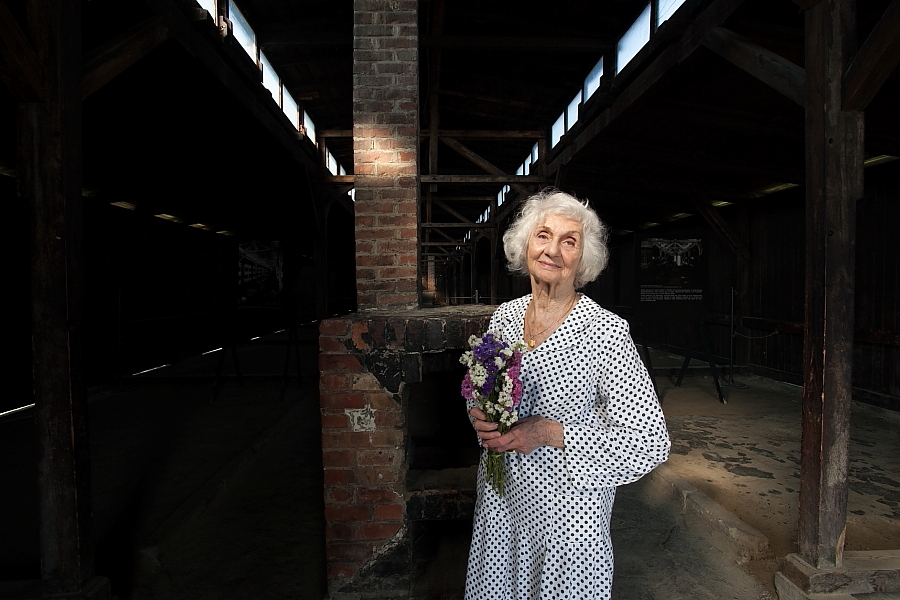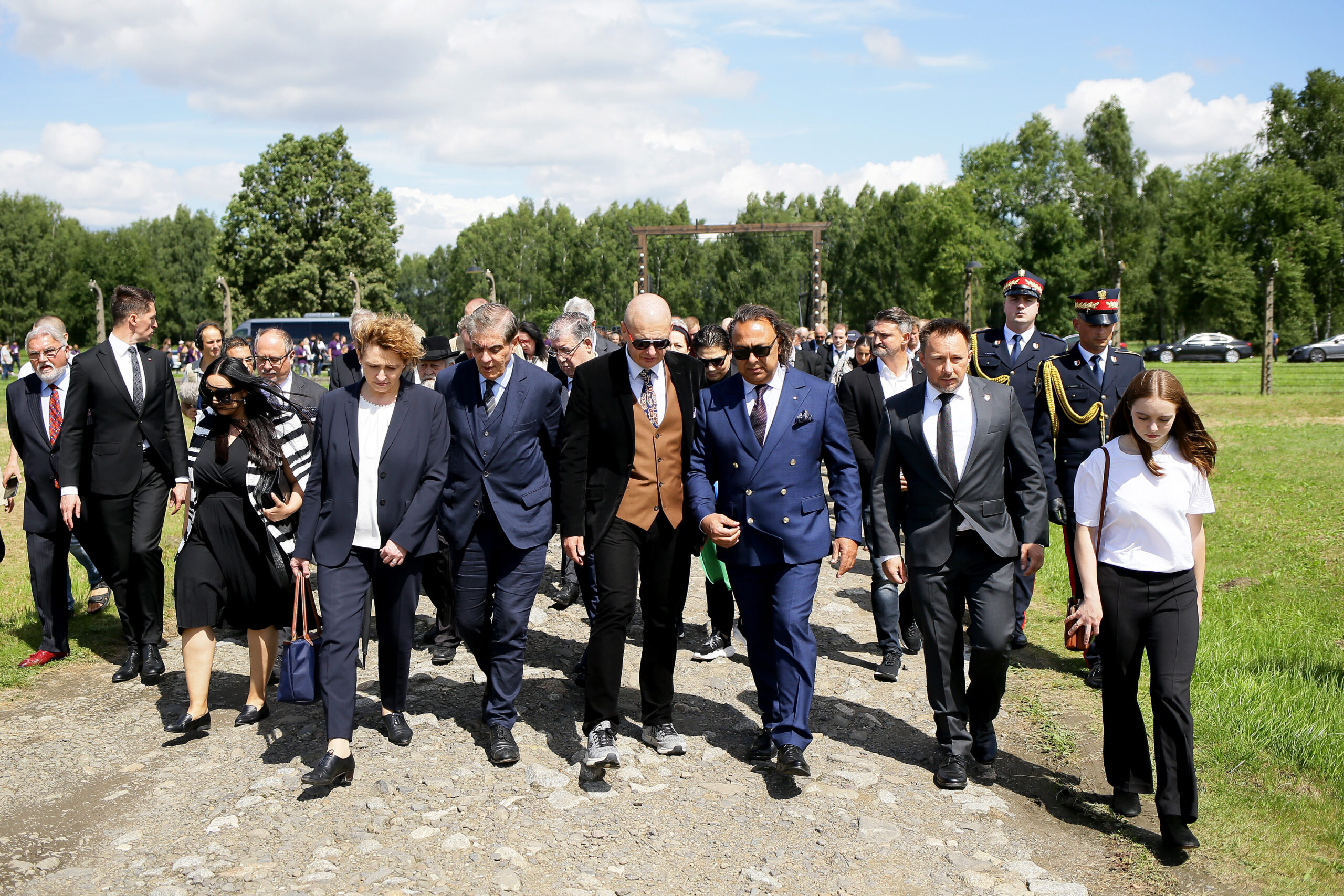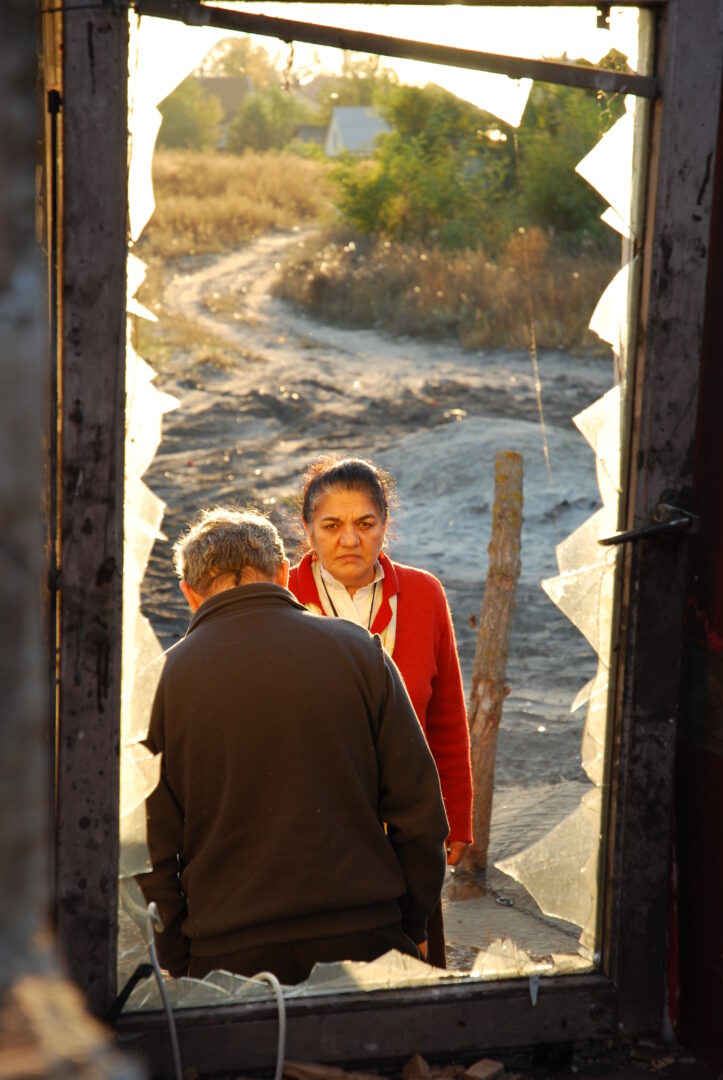Simone Veil
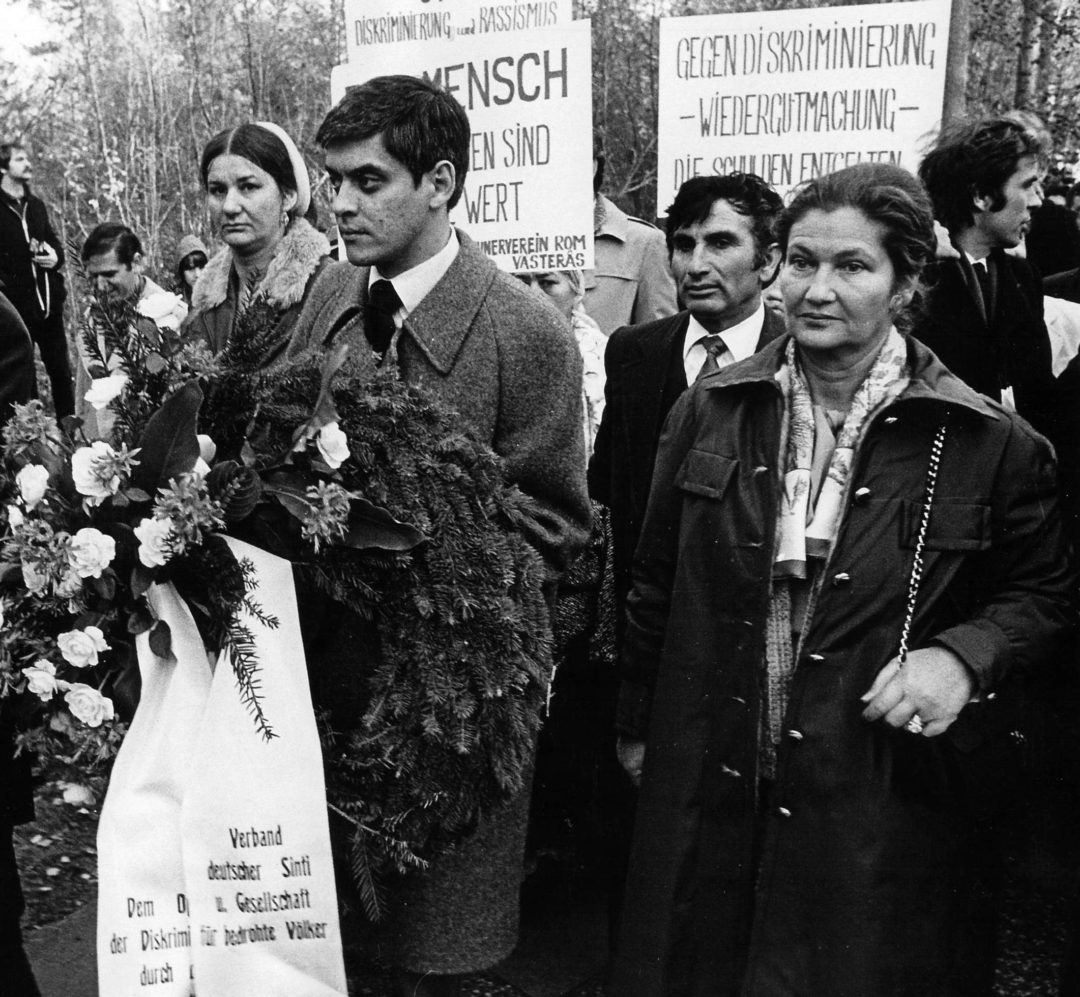
Simone Veil (1927-2017), a French publicist, former French Minister and former President of the European Parliament was one of the most prominent figures in European political life. As one of the European women, she, like no other, embodied the aspiration for justice, independence and freedom, not least through her public commitment and courageous advocacy of human rights and international understanding. Simone Veil was born in Nice as the daughter of Yvonne Jakob, née Steinmetz and the architect André Jakob. The family was Jewish, yet Simone, together with her siblings Madeleine ‘Milou’, Denise and Jean, was raised in a secular and bourgeois republican tradition.
In September 1943, even before the arrival of the German troops, the Gestapo violently invaded Nice, set up its headquarters in the “Excelsior” hotel and began its hunt for the Jewish population. Simone Veil successfully managed to go into hiding with forged papers and passed her school diploma examination in March 1944. Shortly afterwards, she and her family were arrested by the Gestapo. Her father André Jakob and her brother Jean were deported to Lithuania; neither of them returned. Denise Jakob joined the Résistance and was deported to the Ravensbrück concentration camp and later to Mauthausen. She survived captivity and returned to France after the war. Simone, along with her mother Yvonne Jakob and her sister Madeleine, was deported to Auschwitz-Birkenau. She, then 16 years old, only survived the selection upon arrival in Auschwitz by pretending to be older. After eight months of imprisonment at the concentration camp, all three survived the death march to Bergen-Belsen in January 1945. Her mother died of typhoid fever one month before the liberation of Bergen-Belsen concentration camp by English allies. Simone and her sister Madeleine returned to France alone.
After the war, Simone studied law in Paris. She began her career in the French Ministry of Justice. From 1974 to 1979, Jaques Chirac appointed her to the office of Minister of Health. As the first woman in a ministerial post in France, she was given the endearing nickname of ‘Madame le Ministre’. She also set an example throughout Europe: Simone Veil became the President of the European Parliament in 1979. She was the first woman to hold this post since the establishment of the parliament in 1952, a post she held until 1982. Along with Helmut Kohl and François Mitterand, she became one of the figureheads of the European Community. From 1993 to 1995, she was Minister of State under Edouard Balladur, responsible for social affairs, health and urban affairs. Three years later, she was appointed to the French Constitutional Court as a member of the Constitutional Council.
Simone Veil’s commitment to the protection of human rights in the European Community is based not least on her own experience with Nazi terror, experiences which have had a profound impact on her life. ‘The holocaust is the heritage of us all‘, she noted in a speech to the European Council in Strasbourg. This historic responsibility gives rise to a common obligation for her and for every European: ‘the fight to protect the dignity of the inalienable rights of the human‘. In 2004, she also warned the German Federal Parliament not to forget the past, since learning from the fatal mistakes of history is a basic prerequisite for building a Europe of civil liberties, a Europe, that stands for peace and respect for human dignity. For Simone Veil, a dignified remembrance of the victims of National Socialism is at the heart of this work of remembrance. Much earlier than other politicians, she therefore pleaded for equal recognition of all victims of persecution during that period. ‘Our fates are linked by the same duty of remembrance‘, as she emphasizes in her biography ‘Une vie’ published in 2007.
As early as 1979, even before her first official visit in Germany, Simone Veil, in her capacity as President of the European Parliament, took part in the commemoration of the Sinti and Roma in the former concentration camp Bergen-Belsen, hence setting an example throughout Europe. In her speech, she stressed her full solidarity with the Sinti and Roma and her ‘distinctive loyalty to all victims of Nazi atrocities‘. Veil described the struggle of the Sinti and Roma for recognition as victims of the racial ideological persecution by the Nazis as a fundamental ‘fight for human rights’. This first European commemoration and Simone Veil’s impressive speech created a public awareness of the persecution and suffering of the minority during the Nazi era. The political impetus given by Simone Veil not only laid an important foundation stone for the civil rights work of Sinti and Roma, but also for the subsequent recognition of the genocide of the 500 000 Sinti and Roma in Nazi-occupied Europe by Federal Chancellors Helmut Schmidt and Helmut Kohl. Her plea for equal treatment of the Nazi genocide of the Sinti and Roma with the genocide of the Jews was a recurrent theme in Simone Veil’s political and social commitment. ‘Sinti and Roma have suffered the same fate as the Jews‘, she wrote in her biography. It is therefore absurd, Veil said in her speech to the Council of Europe in 2002, ‘that their tragic fate remains widely unknown until today. Like the Jews, they were persecuted solely because of their ethnicity’. The Sinti and Roma also mourn their dead, who were murdered in the concentration camps and burned in the crematoria in places like Bergen-Belsen, where, according to Veil, ‘the ashes of all our parents are united‘.
On behalf of the Sinti and Roma living in Germany and Europe, the Central Council, the Documentation and Cultural Center of German Sinti and Roma and the Manfred Lautenschläger Foundation expressed their special appreciation for a woman who, with her political and moral weight and her exemplary social commitment, had rendered exemplary service to the recognition of the National Socialist genocide of the Sinti and Roma by awarding the European Civil Rights Prize of the Sinti and Roma 2010 to Simone Veil. She unfailingly stressed the historical dimension of the Nazi genocide of the Sinti and Roma and was anxious to bring justice to the Sinti and Roma victims as well as the Jewish victims.
Special Prize Winner Ágnes Daróczi
For years, Ágnes Daróczi has been a committed human rights activist for the Hungarian Roma minority, of which she is a member. In 2010, she was the driving force behind a project organized by the Central Council of German Sinti and Roma during the summer for Roma families in Hungary who were victims of racist murder and arson attacks. Together with volunteers of the International Order of Builders, they helped rebuild five houses destroyed by incendiary agents and vandalism at three project sites.
With her decades of relentless work as a scientist and journalist, Ms. Daróczi has brought the Nazi genocide of the Sinti and Roma into the public consciousness. On the occasion of the 50th anniversary of the Nazi genocide of Sinti and Roma, she organized the first ‘Roma-day’ in Hungarian television. The book ‘Pharrajimos: The Fate of the Roma During the Holocaust’, written together with her husband János Bársony, which was published in 2004 and translated into English in 2008, is one of the fundamental works on the genocide of Sinti and Roma and documents the persecutions in Hungary for the first time. The fact that the International Day of Remembrance for the Victims of the Sinti and Roma is observed in Budapest with the participation of the Hungarian government is due to Àgnes Daróczi’s commitment as well as the establishment of a national memorial for the victims of the Holocaust in Budapest’s Nehru Park.
Ágnes Daróczi deals with all forms of racism and antigypsyism in Hungary with perseverance and remarkable diplomacy. As early as 1990, she founded the first independent Roma organization Phralipe. From 1992 until 1998, she was the editor-in-chief at the first Roma television program in Hungarian television, the ‘Patrin Magazin’. The first Roma art exhibition was created under her management in 1970. ‘Culture became an artistic tool in a political struggle‘, she stated in 2008 on the opening of an exhibition of contemporary Roma art at the National Gallery.
Her courageous work not only confronts the government and society in Hungary with the persistence of prejudice and discrimination against the Roma minority living there, it is also exemplary for Germany and for the national minorities of Sinti and Roma in Europe.
Special Prize Winner „Der Fall Ostrava“
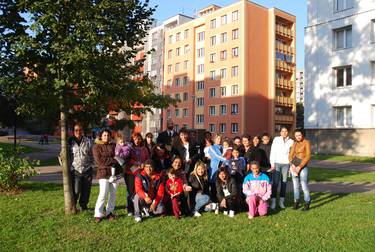
In 2000, 18 Roma youths from Ostrava in the Czech Republic, represented by the European Roma Rights Center (ERRC) and a Czech lawyer, filed a complaint with the European Court of Human Rights in Strasbourg on the grounds of racial discrimination in the educational system in the Czech Republic. Due to their affiliation to the Roma minority and the tests they had to take, the students should generally be placed in special schools for children with learning difficulties.
On 14 November 2007, the plaintiffs were served justice: the isolation of Roma students in special schools constituted ‘indirect discrimination‘ and thus a violation of the ban on discrimination and an unlawful interference with the protection of educational rights. This verdict became a precedent. For the first time, the European Court of Human Rights acknowledged a violation of Article 14 of the European Convention on Human Rights in the area of public life. The decision in favor of the young people compels the Czech Republic, as well as all other member states of the European Council, to adopt uniform legislation prohibiting discrimination against members of the minority in the educational system.
The decision of the European Court of Human Rights and the struggle of Roma youths for their right to equal treatment have not gone unnoticed politically. Although, according to the ERRC, discriminatory selections in the field of formal education are still a deplorable practice in many European countries, the Czech Republic reacted. In 2009, together with multiple organizations, the government commissioned two reports on the state of education and schooling for Roma and on the equality and integration of members of the minority in everyday school life. The first report confirmed a disproportionate amount of Roma children placed in special needs schools, while the second examined the deficiency in the integration efforts of the minority in state schools. As a result, the government developed a ‘National Action Plan on Inclusive Education’“’ (NAPIV), which is supposed to guarantee equal treatment for members of the Roma minority. However, it remains the government’s task to implement this plan and eliminate deficits.
Denisa Mikova, one of the Roma youths from Ostrava, was denied secondary education by the school authorities on the grounds that she had to fulfill her maternal duties. Since then, she has been fighting for the chance to complete her secondary education in order to be able to study at a university later on. Without a good education, however, she will not be able to achieve her goal. ‘After my studies I want to learn a respected profession that will enable me to realize myself and my abilities, so my child will have better chances for the future and will not have to fight for his right to equal treatment as I had to.‘


